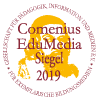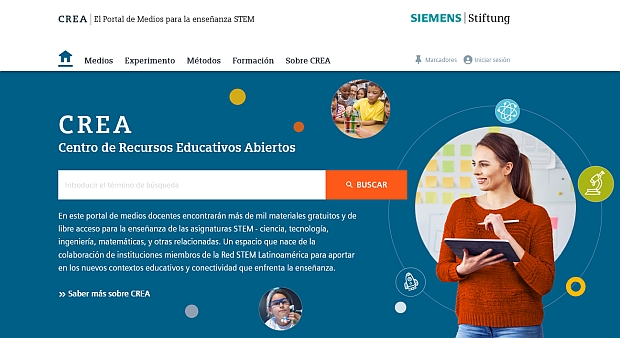Hydroelectric plants
Interactive
Information module:
An overview of the individual types of hydroelectric plants and how they work.
Type of media:
Interactive (1.9 MByte)
Last update:
2021-06-25
License:

This medium is made available under a CC BY-SA 4.0 international license.
What does this mean?
How to reference this medium

This medium is made available under a CC BY-SA 4.0 international license.
What does this mean?
How to reference this medium
Media package:
Description:
Hydroelectric plants convert water’s mechanical energy to electric energy. Different designs are used, depending on the natural conditions and form of energy to be used.
The information module first provides a brief explanation of the plant types that primarily use the kinetic energy of water.
• Run-of-river power plant (principle shown with animation)
• Tidal power plant (principle shown with animation)
• Wave power plant (principle shown with animation)
Next come the types of plants that use the potential energy of water:
• Storage power plant (principle shown with graphics)
• Pumped storage plant (principle shown with animation).
Information and ideas:
What do the locations of the different hydroelectric power plants have to do with geography? What would be a good place to build more hydroelectric plants? What is the share of hydropower in the power mix?
The information module first provides a brief explanation of the plant types that primarily use the kinetic energy of water.
• Run-of-river power plant (principle shown with animation)
• Tidal power plant (principle shown with animation)
• Wave power plant (principle shown with animation)
Next come the types of plants that use the potential energy of water:
• Storage power plant (principle shown with graphics)
• Pumped storage plant (principle shown with animation).
Information and ideas:
What do the locations of the different hydroelectric power plants have to do with geography? What would be a good place to build more hydroelectric plants? What is the share of hydropower in the power mix?

Related media:
Wave power plant (ES) (Image)
Learning resource type:
Information sheet
Subjects:
Geography; Physics; Technology
Grade levels:
Grade 5 to 6; Grade 7 to 9; Grade 10 to 13
School types:
Middle/high school; Vocational training
Keywords:
Ecology; Environment (general); Environmental change; Environmental protection; Hydroelectric plant; Power generation; Renewable energy; Turbine; Ecology (environmental protection); Electric power generation; Environment; Hydroelectric plant; Impact on landscape; Renewable energy; Turbine
Bibliography:
Siemens Stiftung Media Portal
Author:
MediaHouse GmbH
Rights holder:
© Siemens Stiftung 2020


